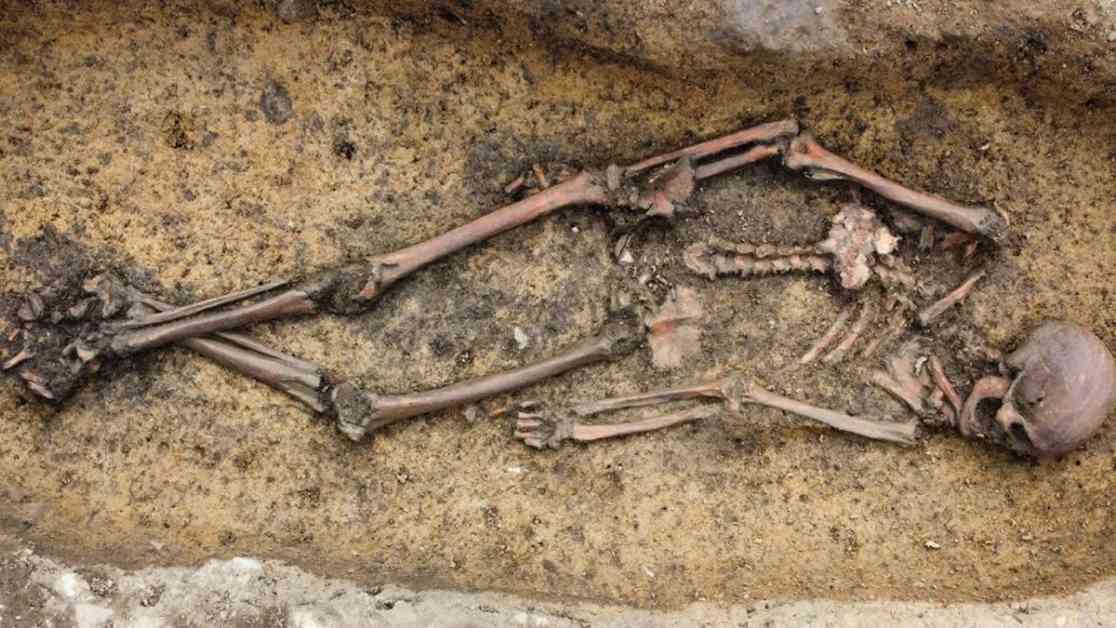An extraordinary discovery of a Viking burial ground with almost 50 well-preserved skeletons has been made in Denmark near the village of Åsum on the island of Funen. The archaeological excavation, conducted by Museum Odense, uncovered the graves during preparations to lay electrical cables. Finding human remains from the Viking Age is rare due to the acidic Scandinavian soils that do not preserve bones well, making this discovery exceptional.
Archaeologist Michael Borre Lundø, who worked on the dig, expressed the significance of finding so many well-preserved skeletons at once. The discovery presents an opportunity for a wide range of scientific analyses that can provide insights into the general health, diet, and origins of the buried individuals. The analysis may even reveal whether the buried Vikings were related, a factor that has not been explored in similar grave sites.
The Viking burial ground near Åsum dates back to the 900s, possibly during the rule of the Danish king Gorm “the Old” and queen Thyra from the nearby town of Jelling. The unearthed graves highlight the region’s importance during that time in history. Many of the buried individuals were wealthy, as indicated by the grave goods found. One woman was buried in a Viking wagon, accompanied by a glass bead necklace, an iron key, a knife with a silver-threaded handle, and a small piece of glass that may have served as an amulet.
In addition to the rich grave goods, another grave at the site contained an intricately designed three-lobed bronze buckle and a red glass bead. These items, along with a piece of rock crystal that was likely imported from Norway, suggest that the buried Vikings had connections to international trade networks that flourished during the Viking Age.
The discovery of the Viking burial ground near Åsum provides valuable insights into the lives and customs of the people living in Denmark during the Viking Age. The archaeological findings shed light on the wealth, trade connections, and burial practices of the individuals buried at the site. This remarkable discovery adds to our understanding of Viking history and culture, showcasing the rich heritage of the region during that time period.










